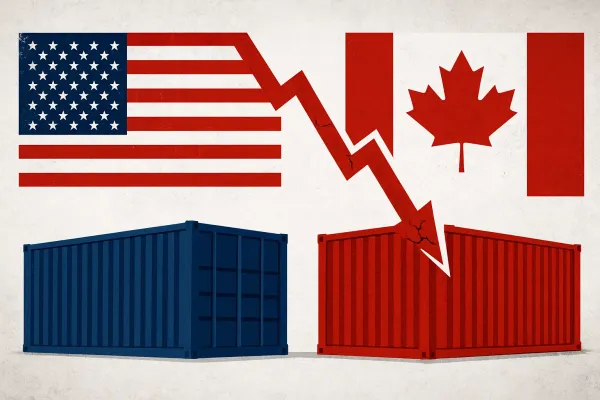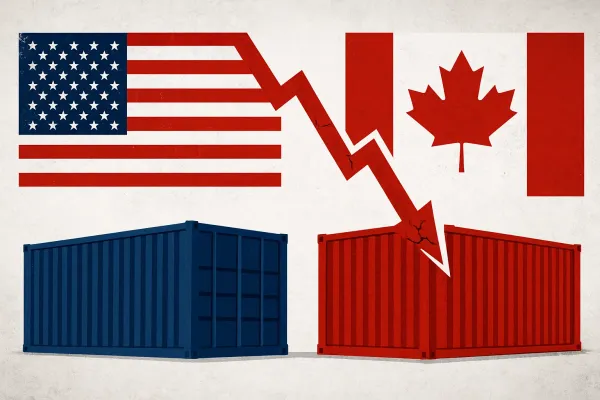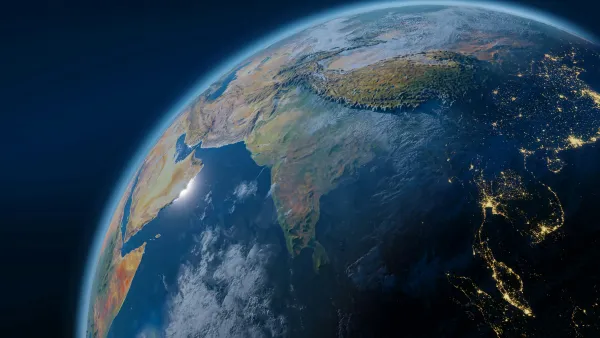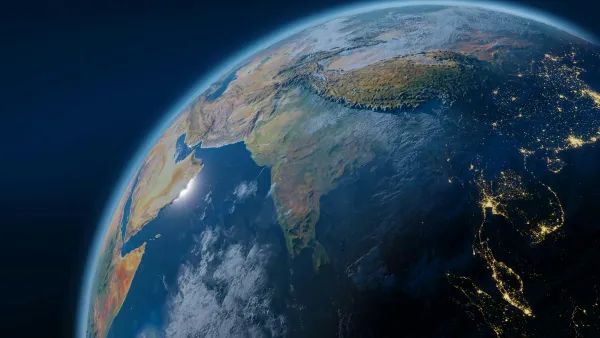2025 Russia–Ukraine War Analysis: NATO’s Role, Trump, and What’s Next
An in-depth look at the Russia–Ukraine war in 2025. Understand NATO’s role, Trump’s impact on U.S. policy, and how the conflict is shaping global politics, energy markets, and international relations.

The war between Russia and Ukraine has gone way beyond being a regional problem. It’s changing how countries think about energy, food, and even defence. You don’t have to look far to see it—European gas prices keep fluctuating, and nations like India and China are constantly adjusting their trade and energy plans. It’s a ripple effect that touches almost everyone, even if the fighting is thousands of miles away.
NATO is still standing by Ukraine, sending weapons, sharing intelligence, and providing funding. But they are careful not to step directly into the fight. At the same time, the U.S. keeps sending mixed signals. Donald Trump’s statements and moves have left allies guessing what might happen next. Even small policy shifts in Washington can make countries rethink their strategies halfway across the world.
For countries in the Global South, things get even more complicated. Look at India. On one hand, it still depends on Russia for things like defence equipment and energy. On the other hand, it’s trying to strengthen ties with Western nations at the same time. It’s tricky. Really tricky. One misstep, and years of careful diplomacy could be shaken.
And it’s not just about the fighting anymore. This war touches everything—energy, food, international relations. Every move a country makes has consequences that could last for years. Honestly, it’s hard to overstate how connected the world is to this conflict now. Almost no country is completely untouched.
What 2025 Looks Like on the Ground
The fighting in Ukraine is still intense and doesn’t show signs of letting up. Long-range attacks, strikes on military bases, and hits on energy infrastructure happen regularly. Ukraine has been leaning heavily on weapons supplied by Western countries, but it’s also ramped up its own production. Around 40% of frontline weapons are now made domestically, and experts expect that number to reach 50% by the end of the year. Russia continues to target energy and transport facilities, which only makes the situation and infrastructure damage worse. The conflict keeps making headlines and keeps global markets and supply chains under constant pressure.
NATO’s Role and Its 2025 Posture
- NATO is still Ukraine’s biggest backer, but they’re careful not to jump straight into the fight. Countries in the alliance keep sending weapons, sharing intelligence, and giving money to help Ukraine hold its ground.
- At the same time, NATO doesn’t want to trigger a full-blown war under Article 5, so they tread carefully. Their support helps Ukraine defend itself and keeps the battle dragging on.
- NATO’s help keeps Ukraine strong but it also gives Russia reasons to justify its own security policies and slows down any chances of a quick peace deal. In other words, the war could keep dragging on, and global politics remain unpredictable.
Trump, U.S. Politics, and Strategic Uncertainty
U.S. policy toward the Ukraine war is no longer a static Western consensus. Donald Trump's re-emergent influence has injected uncertainty into American commitments that NATO and partner governments watch closely. Across 2024–2025, Trump's rhetoric alternated between promises to end the war quickly and remarks indicating a transactional approach to aid and alliances, raising questions about future U.S. reliability as a security partner. Such ambiguity affects allied planning and may encourage other powers to hedge or accelerate their own strategic choices.
Economic & Humanitarian Impacts in 2025
Energy
Energy security in Europe is still shaky. Gas prices keep bouncing up and down. Sanctions and disruptions have messed with supply chains, pushed LNG demand up, and made countries rethink how they stockpile and ship energy.
China, meanwhile, is moving fast to boost its oil reserves. A lot of this is because of the Russia–Ukraine conflict and all the uncertainty it’s causing. In 2025 and 2026, state oil firms like Sinopec and CNOOC plan to add about 169 million barrels of storage across 11 new sites, and 37 million barrels are already done (Reuters).
Once these reserves are ready, they could cover roughly two weeks of China’s crude imports, which is kind of a big deal. And it doesn’t just help China. Moves like this shake up global energy markets. Prices can jump, shipping gets complicated, and other countries have to rethink their own plans. Its effects spill into energy, the economy, and even food security.
Food & Fertilizer
The war is really messing with grain, sunflower oil, and fertilizer markets. Countries that are already struggling are having the hardest time. UN reports and think tanks keep saying that staple foods are hard to get and prices just keep jumping around.
Ukraine’s Black Sea ports aren’t safe to ship from, so a lot of grain can’t leave the country. That’s causing shortages in the areas that need it most. Prices for grain have shot up, and it’s making it really tough for families in developing countries. Governments are scrambling too, trying to figure out what to do. And it’s not just local—these problems spread to other countries as well, shaking up markets and everyday life far away from the fighting.
Supply Chains & Inflation
The war has made supply chains kind of a mess. Shipping costs are higher, insurance is more expensive, and a lot of parts are hard to get. All this pushes prices up, and in some places, recovery is slower than anyone hoped.
Energy is a big part of the problem. Gas isn’t flowing to Europe like before, prices have jumped, and OECD countries have seen energy costs go up about 9%. It’s not just numbers on a page—businesses have to rethink plans, governments are juggling budgets, and people feel it at home when their bills rise (OECD).
India’s Calculus — 2025 Realities
India is in a tricky spot in 2025. On one hand, it still buys energy and defence equipment from Russia at discounted rates. This keeps things steady at home and helps build up its military. On the other hand, it’s trying to get closer to Western countries, like the U.S. and the EU. It’s a careful balancing act. One wrong move could mess up years of careful diplomacy.
In international meetings, India often stays neutral. Sometimes it abstains from votes, other times it chooses words very carefully so it doesn’t seem like it’s picking sides. This isn’t because India doesn’t care—it’s because it has to focus on practical stuff, like making sure energy stays affordable, food supplies are safe, and the defence forces are ready.
The way India handles this is simple: stay flexible. Keep options open. Make sure it can act in its own interest without getting trapped into taking sides. In a world where power is shifting and no country calls all the shots, this approach lets India move carefully, protect its interests, and still work with everyone when it makes sense.
Possible Futures: Scenarios to Watch
- Frozen Conflict & Low-Intensity War (Most Likely):
Honestly, this one could just keep dragging on. NATO keeps helping Ukraine, Kyiv keeps pushing back, and the fighting flares up here and there. Prices for stuff like food and energy stay all over the place, and politicians probably do small fixes here and there instead of a big solution. - Negotiated Settlement (Conditional):
There’s a chance things could calm down if diplomats get serious and work out security guarantees, plus slowly lift sanctions. Markets might breathe a little. But it’s tricky. Leaders on both sides have to make hard choices. Compromises are slow, messy, and sometimes one small disagreement can mess it all up. - Rapid Escalation (Lower Probability but Serious):
This is the scary scenario. If NATO and Russian forces clash directly, or if big strikes happen across borders, it could spiral fast. Nobody wants that, obviously. But mistakes happen, and if it does happen, it wouldn’t just stay in Europe—it could hit the world in ways that are really hard to predict.
Policy Imperatives & What to Watch in 2026
- Energy and Food
Prices are going up everywhere. Countries that plan ahead and secure stable resources are in a better position to handle the shocks. - Clear Messaging
Mixed signals from allies create confusion. Steady strategies make it easier to navigate the conflict and protect national interests. - Mediators Matter
Neutral countries like India, Turkey, and the UAE can talk to both sides. These countries influence is more effective than extra weapons or money.
Conclusion
By 2025, the Russia–Ukraine war is no longer only a battlefield story—it is a generator of long-term geopolitical, economic, and humanitarian shifts. NATO’s sustained assistance and the oscillations of U.S. policy (including the role of Donald Trump’s rhetoric and decisions) are central forces shaping how the conflict plays out. For India and similar middle powers, the immediate task is pragmatic: protect economic interests, avoid binary camps where possible, and position as credible interlocutors should diplomatic openings arise. The coming years will test whether the world can move from attrition and sanctions to a stable, enforceable settlement—or whether the conflict becomes a long-lived chapter in a reorganized global order.
Related Articles:
- Power Plays: How the U.S. Leverages Energy and Climate for Global Diplomacy – Explore how the U.S. uses energy and climate strategies to influence global politics.
- India’s Strategic Balancing Act - 2025: Managing Relations with the US, Russia, and China – A deep dive into how India balances ties with major powers while safeguarding national interests.
Loved this article?
Visit our main page for more insights and subscribe for updates!





